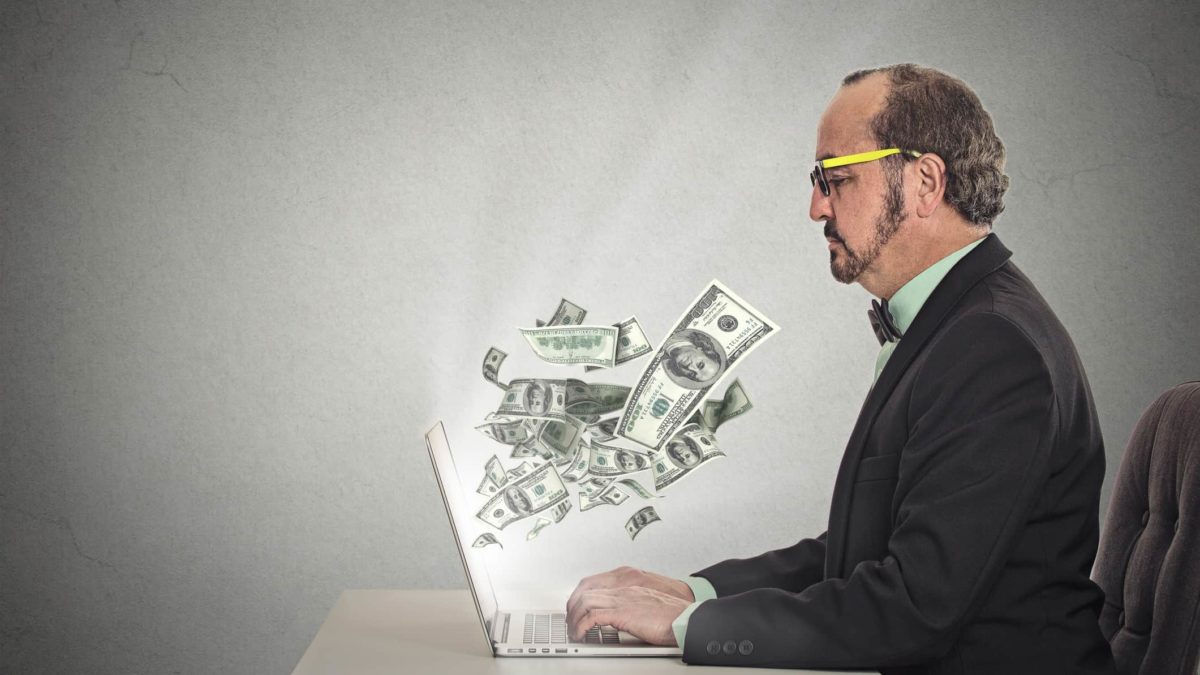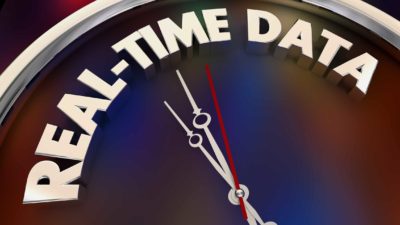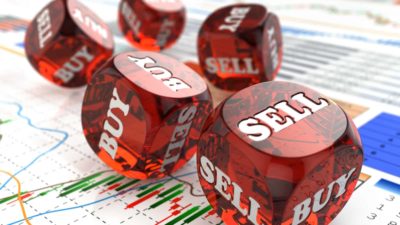In the United States, zero-brokerage share trading platforms are now the norm.
It all started with the wildly popular Robinhood mobile app, and the more traditional online brokers were forced to follow.
So how is it that these platforms let users buy and sell for no fee? How does the software recoup its costs, let alone make a profit?
It's because of PFOF. Payment for order flow.
All the US exchanges, such as NASDAQ and NYSE, have this mechanism and it works like this:
- The investor submits an order to sell or buy through the online broking app.
- The app passes the order to a third party called a 'market maker' (also known as a high-frequency trading firm) that will actually perform the transaction.
- The market maker pays the trading platform a small fee for orders coming its way.
- When the market maker actually performs the transaction, it will buy the shares at a fraction lower price than what it sells for. The market maker pockets this difference, called the bid-ask spread.
So zero-brokerage platforms are entirely reliant on the fees from the market maker for their revenue.
On face value, it seems like the user doesn't get the best price for her or his order. But Stake chief executive Matt Leibowitz told The Motley Fool that PFOF is an incentive for liquidity.
"There are 13 exchanges in the US and they're competing for flow," he said.
"So what they do to provide liquidity is they actually provide a rebate. So if you make liquidity, you get paid say 10 cents. If you take liquidity, you pay 15."
The exchange generates its revenue from that 5 cent difference. And the PFOF acts as a way to encourage liquidity into its own share market, away from its rival exchanges.
PFOF is lucrative business now
PFOF has always existed. It's just zero-brokerage apps charge more for it than the traditional platforms did.
"Assume the average stock traded has a share price of $50. It takes 20,000 shares traded at $50 for $1,000,000 in volume, for which E-Trade makes $22 per $1,000,000 traded, which sounds like a small number until you realise they cleared $47,000,000 last quarter from this," North of Sunset Capital Management founder Logan Kane told CBInsights.
"But off an identical $1,000,000 in volume, Robinhood gets paid $260 from the same [high-frequency trading] firms. If Robinhood did as much trade volume as E-Trade, they would theoretically be making close to $500 million per quarter in payments from [high-frequency trading] firms."
CBInsights has noted that the cosy relationships between Robinhood and the market makers have caused the platform "significant legal headaches".
"The Financial Industry Regulatory Authority (FINRA) fined Robinhood $1.25 million in December 2019 for 'best execution violations', and the company remains under investigation by the SEC for its failure to disclose its relationships with market makers until 2018," its analysis reads.
"Should the SEC find Robinhood to be in violation, the company could face fines of up to $10 million."
For Robinhood specifically, it does have an alternative source of income with margin lending available to users who pay a subscription fee.
The free brokerage and the low transaction minimum is dangerous for novice investors, an academic warned earlier this year.
"These trading apps encourage addiction and gambling," RMIT senior lecturer Angel Zhong told The Motley Fool.
"A big selling point of these apps is the low transactional threshold, which encourages investors to buy low-priced stocks. In finance research, low price [is] a feature associated with what we called the 'lottery-like' stocks. They are highly risky."







